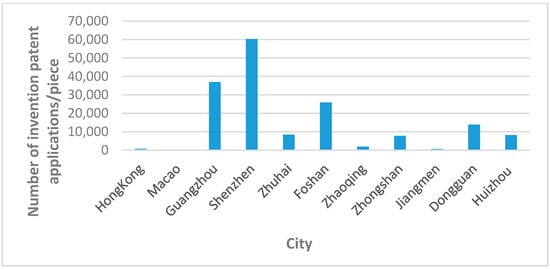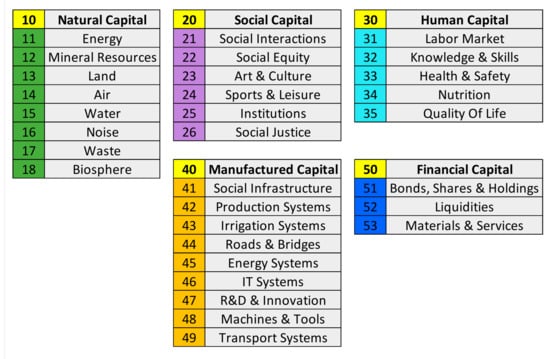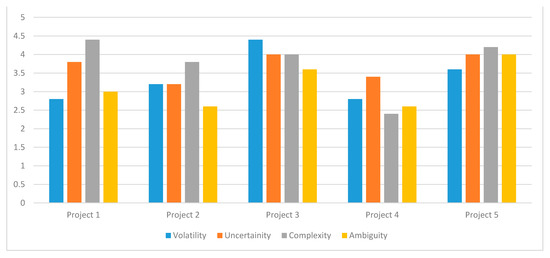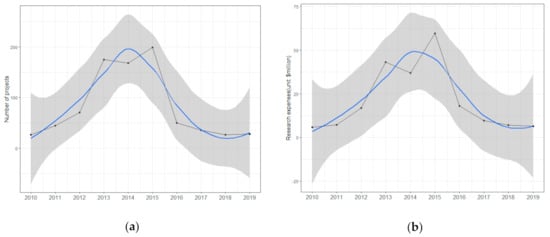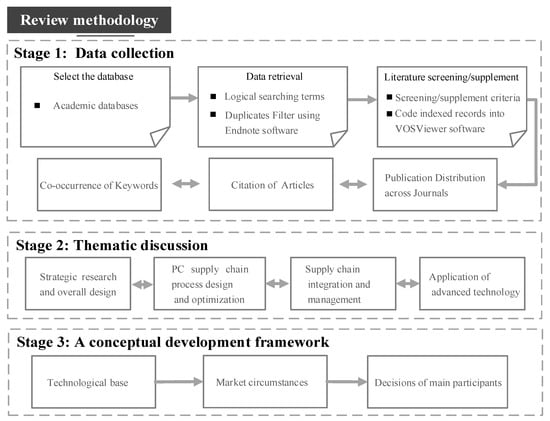Sustainable Development of Engineering Management and Project Management
A topical collection in Sustainability (ISSN 2071-1050). This collection belongs to the section "Sustainable Engineering and Science".
Viewed by 37139Editors
Interests: innovation management; project management; sustainability
Interests: innovation management; business management; project management
Special Issues, Collections and Topics in MDPI journals
Interests: sustainability; project management; simulation modelling
Topical Collection Information
Dear Colleagues,
This Special Issue aims to enrich the research and practice discourse around the integration of engineering, project management, and sustainability.
Many governments and international institutions have included sustainable development in their strategic programs as an essential element of the society of the future. In fact, the objective of sustainable development is to meet the needs of the present without compromising the prospects of future generations. Therefore, currently, achieving sustainable business activities is one of the most challenging objectives for organizations and companies, including small and medium enterprises (Battistella et al., 2018). This is true for both product and project organizations.
Engineering and project management oriented to sustainability is a recent and promising research area. Interest is growing knowledge in adopting a sustainability perspective in these fields. Projects have an intertwined link with their environment, being influenced by it and contributing to its change. As an example, from a sustainability perspective, the project delivery phase and the final deliverable produce impacts that could be particularly advantageous in the present, but could have negative effects for many stakeholders in future scenarios. As research area, sustainability could support project management in decision-making about managing the resources assigned to the project, considering the economic, social, and environmental effects produced during the project life cycle and after the end of the project. “Sustainable Project Management is the managerial practice aiming at pursuing the project objectives by maximizing the economic, social and environmental benefits through the proactive involvement of stakeholders, the consideration of the extended life-cycle of resources, processes and effects and a continuous organizational learning” (Armenia et al., 2019, p. 12). The Sustainable Project Management approach allows organizations to make decisions in the best interest of the company and of the customers, without harming society and the environment.
This Special Issue welcomes articles that discuss the possibility of integrating sustainability principles inside both engineering and project management from economic and managerial perspectives. Project management is developed within the engineering management discipline—that is, a specialized form of management required to successfully lead engineering or technical personnel and projects. For this reason, topics have to be project-focused and they may target companies or industries at both strategic and operational levels, given the close interrelation between project and engineering management. Consequently, research subjects may concern managerial solutions and strategies by considering policies and practices carried out during project implementation.
We welcome literature reviews and empirical papers. Papers selected for this Special Issue will be subject to a rigorous peer review procedure with the aim of rapid and wide dissemination of research results, developments, and applications.
Prof. Cinzia Battistella
Prof. Fabio Nonino
Mr. Alessandro Pompei
Ms. Nadia Preghenella
Guest Editors
Manuscript Submission Information
Manuscripts should be submitted online at www.mdpi.com by registering and logging in to this website. Once you are registered, click here to go to the submission form. Manuscripts can be submitted until the deadline. All submissions that pass pre-check are peer-reviewed. Accepted papers will be published continuously in the journal (as soon as accepted) and will be listed together on the collection website. Research articles, review articles as well as short communications are invited. For planned papers, a title and short abstract (about 100 words) can be sent to the Editorial Office for announcement on this website.
Submitted manuscripts should not have been published previously, nor be under consideration for publication elsewhere (except conference proceedings papers). All manuscripts are thoroughly refereed through a single-blind peer-review process. A guide for authors and other relevant information for submission of manuscripts is available on the Instructions for Authors page. Sustainability is an international peer-reviewed open access semimonthly journal published by MDPI.
Please visit the Instructions for Authors page before submitting a manuscript. The Article Processing Charge (APC) for publication in this open access journal is 2400 CHF (Swiss Francs). Submitted papers should be well formatted and use good English. Authors may use MDPI's English editing service prior to publication or during author revisions.
Keywords
- project management
- engineering management
- resource management
- sustainable project management
- LCA
- stakeholder engagement
- project sustainability value
- portfolio management






